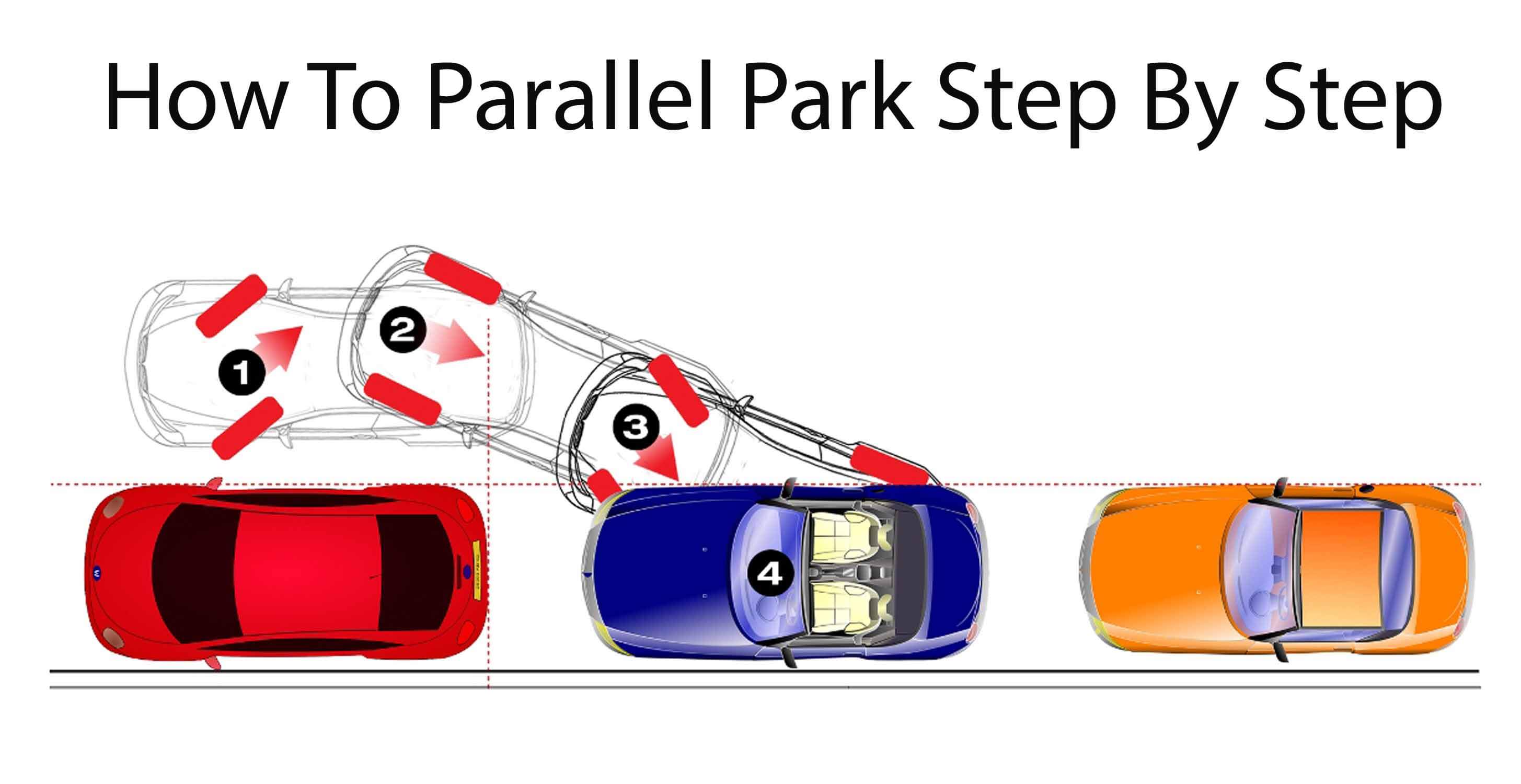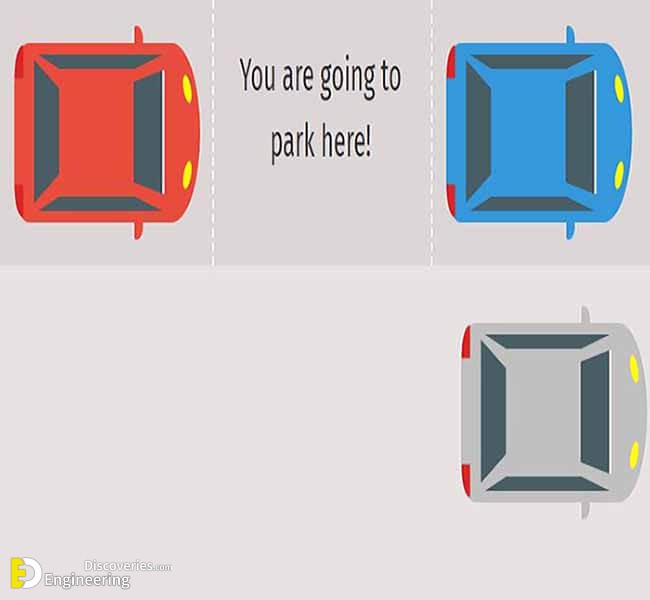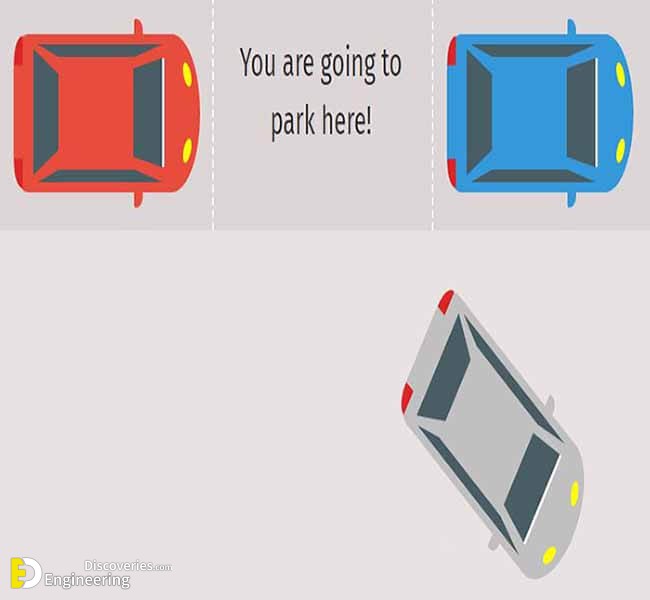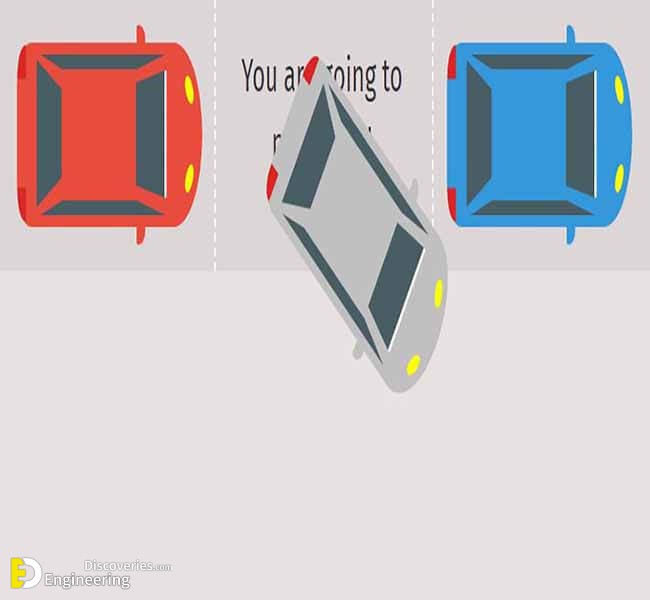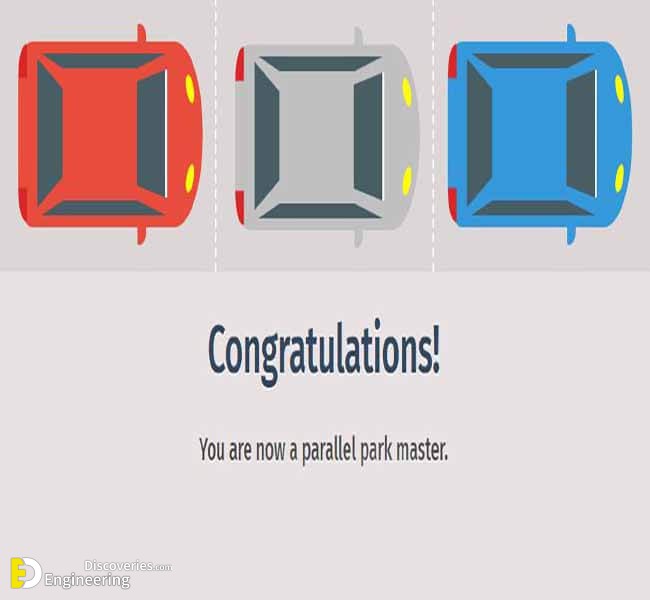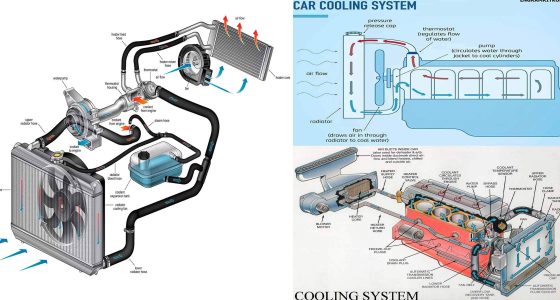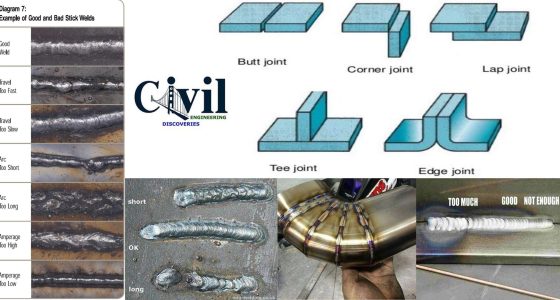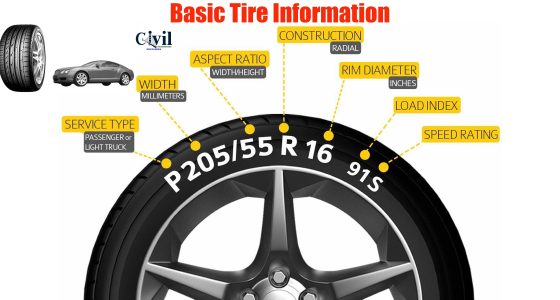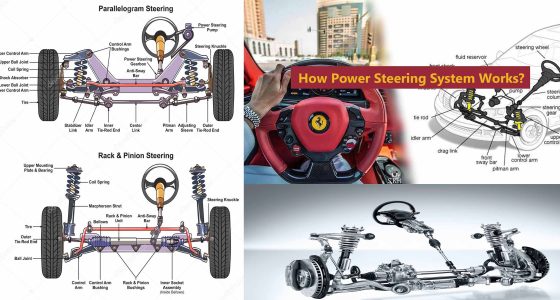Parallel parking isn’t hard once you’ve done it a few times, but it can be nerve-wracking if you’re new or trying to do it right for a driving test.
Steps to Parallel Parking
1- Position your car
Slowly steer your car so that it is parallel to the car parked in front of the empty space. Your car should be 2-3 feet from the side of the parked car.
2- Check your mirrors
Check your rear-view mirror, as well as your left and right side mirrors for other traffic. Once you are certain that there are no other vehicles in your blind spot, shift your car into reverse.
3- Start backing up
Slowly begin to reverse your vehicle along the side of the parked car. Begin to turn your steering wheel to the right.
4- Straighten the steering wheel
As your car moves into the empty parallel parking spot, slowly straighten your steering wheel as you continue to move back towards the parked car at the other end of the parking space. As you are maneuvering your vehicle, continuously check all mirrors and through your windows and front windshield to ensure you are not in danger of hitting either of the vehicles bordering the parallel parking space.
5- Begin turning your steering wheel to the left
Once the front of your vehicle has passed the back bumper of the vehicle in the parking spot in front of you, begin to turn your steering wheel to the left.
6- Check how close you are
Continuing to inch backward in reverse and while beginning to straighten your steering wheel, look into your rearview mirror to see how close your vehicle is to the car in the parallel parking spot behind you.
7- Adjust your position
Once you have your vehicle straight and as close to the curb as possible, you may need to shift forward to position your car so that there is an equal amount of space in front and behind your vehicle.
8- Don’t forget to pay before you leave
Many parallel parking spaces are assigned a parking meter. This is particularly true in major metropolitan areas. Make sure that you remember to feed coins into your parking meter after you parallel park your car.
9- Put the car into reverse
To exit a parallel park, first put your car into reverse and back towards the car behind you. Back as close as you reasonably can without putting yourself in danger of hitting the other vehicle.
10- Turn your steering wheel to the left
Next, turn your steering wheel to the left and shift your car forward. Check for traffic in the lane you are about to enter. Making sure that you are not too close to the back bumper of the vehicle parked in front of you, slowly drive out of the parallel park.
Watch these videos to Parallel Parking
Click Here To See What Is Drone Technology And How Do Drones Work


